Affiliate links on Android Authority may earn us a commission. Learn more.
I've tested hundreds of smartwatches: Here's what the most common metrics mean
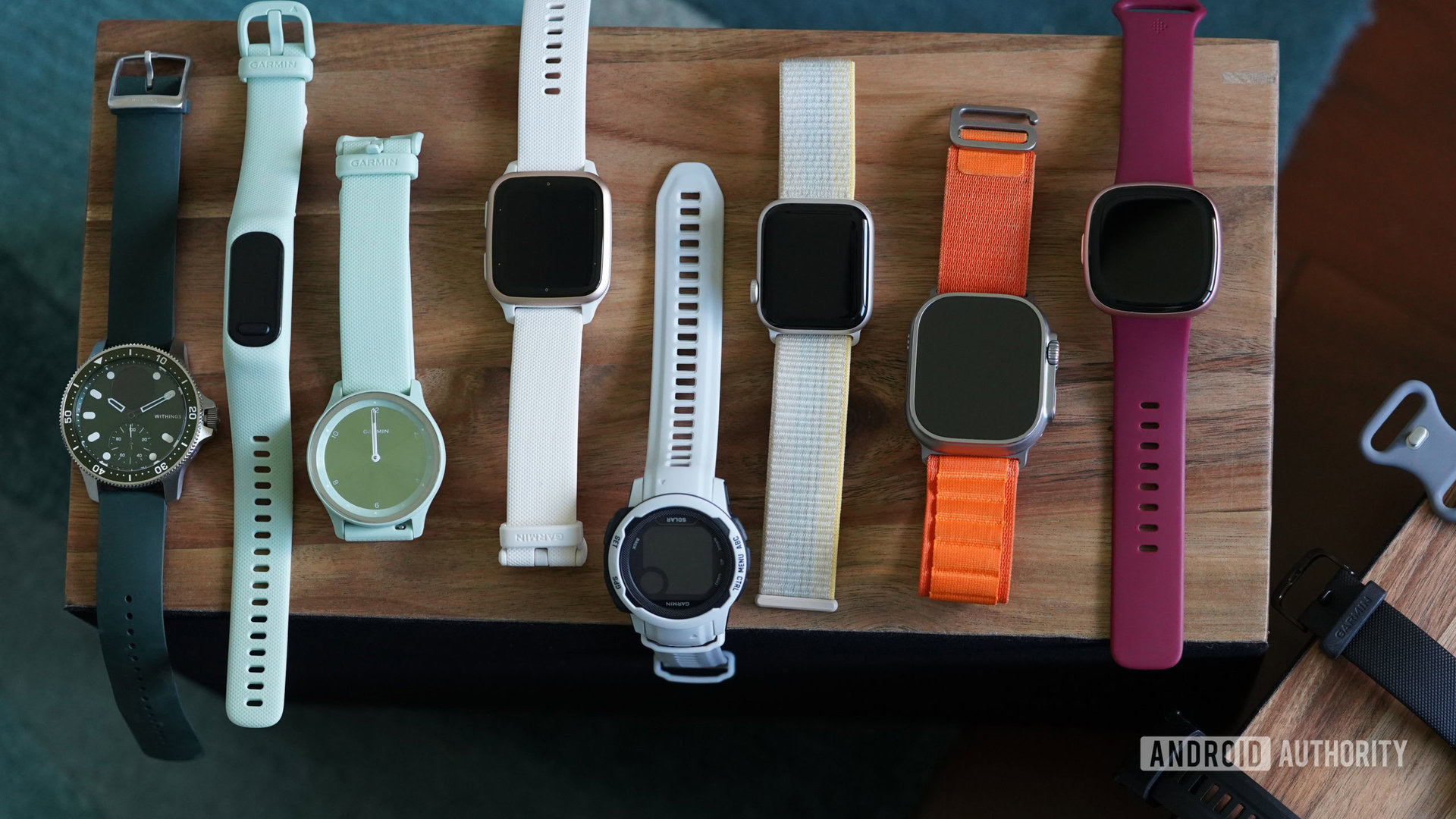
Smartwatches measure more health and fitness metrics than ever before. These stats can help users track everything from steps to SpO2 and offer significant insights. That is if you know what they mean. Learn more about the most common smartwatch metrics you can find on your device.
Basic activity
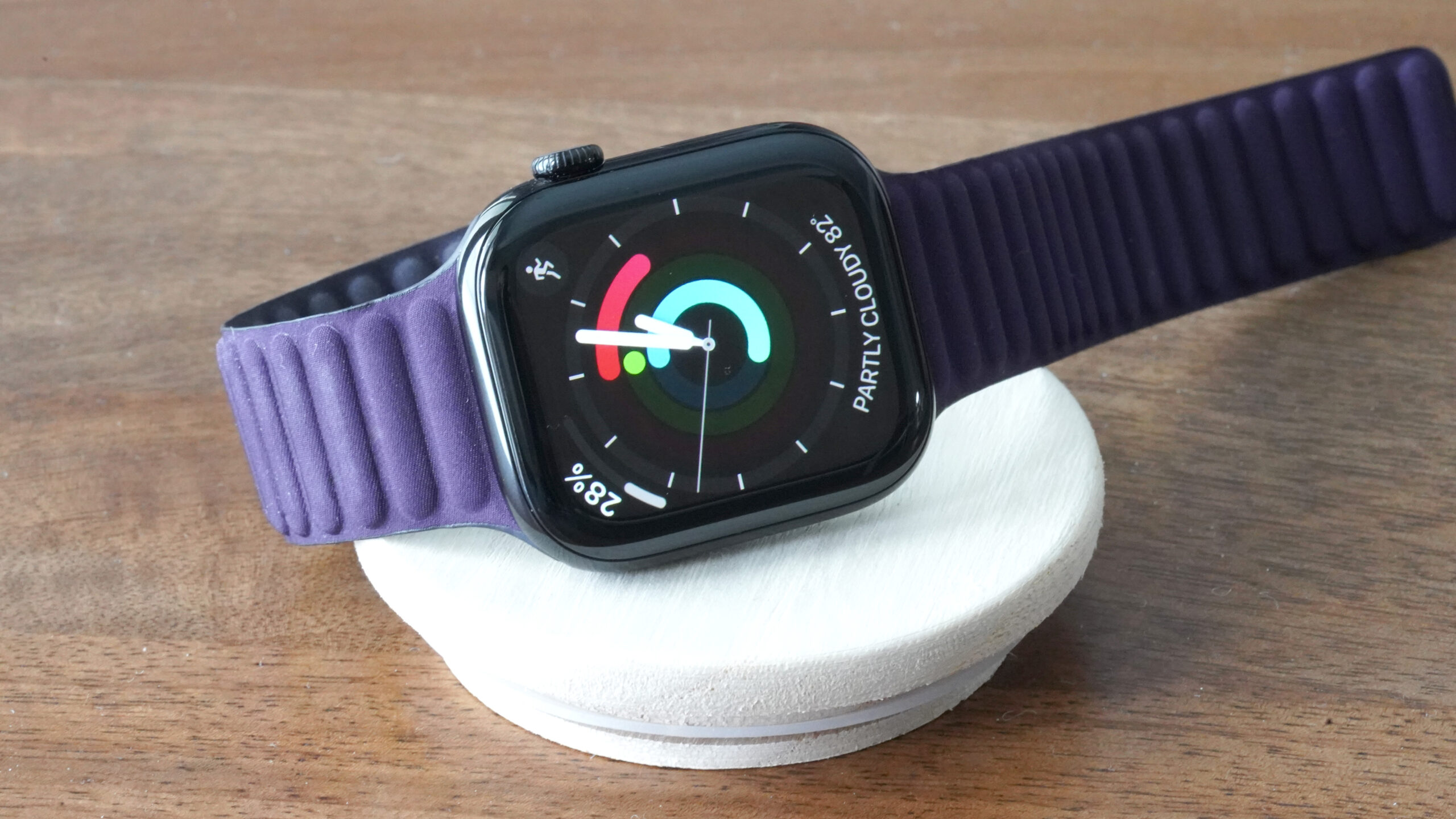
Most devices will track at least a basic level of activity data to help users assess their daily movement. These stats are largely self-explanatory.
- Steps: Your step count is quite literally the number of steps you take. Calculating this measurable behind the scenes is typically an accelerometer and a gyroscope.
- Floors climbed: Floors climbed requires an altimeter to calculate. On average, wearables calculate about 10 feet of gained elevation as one floor climbed.
- Calories burned: This metric represents the calories your body burned through physical activity. This is above and beyond the calories burned at rest due to typical physiological functions.
- Activity/Exercise: Some platforms also provide a metric for minutes of daily activity based on recorded workouts or elevated heart rates that indicate activity. On the Apple Watch, for example, this is represented by the green Exercise ring.
Many smartwatches are actually quite powerful fitness trackers. The most popular devices will record workouts, GPS routes, and even details related to specific activity types like a runner’s pace and cadence or a swimmer’s laps. To find out what your device offers, dig into the companion app on your smartphone.
Sleep
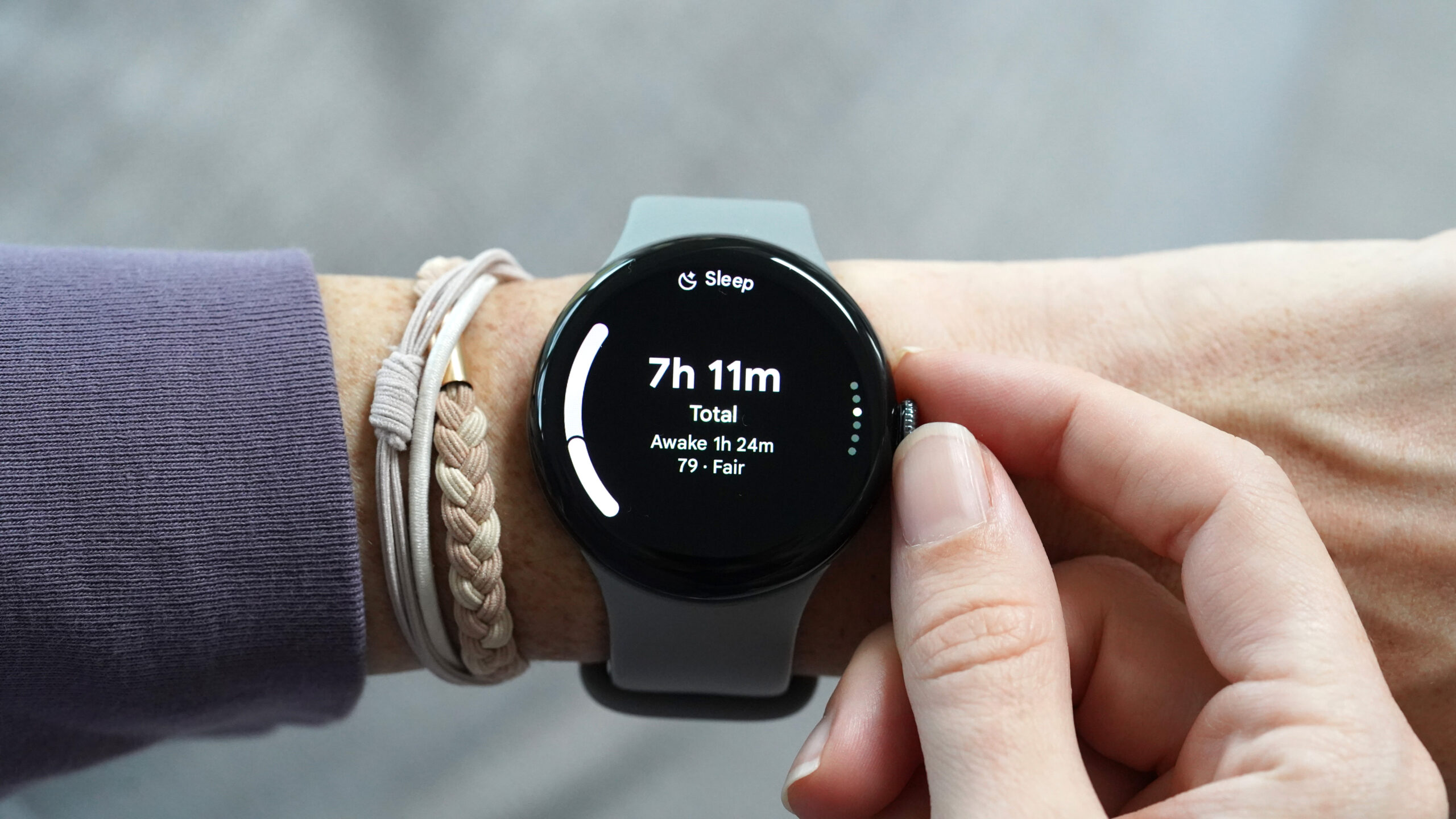
Depending on your wearable, sleep tracking can include a large range of metrics or just a few basics. Below are the most common and useful ones.
- Time in bed: This covers the total time from when the device detects you got into bed to when you get out. This can include activities like reading in bed as well as periods of wakefulness throughout the night. This metric can help users identify discrepancies between how much time they feel they commit to sleeping versus how much they actually sleep.
- Total sleep: Total sleep is the complete measure of actual time spent asleep. Some wearables will also provide a sleep efficiency measurement.
- Sleep stages: Each sleep stage, Light, Deep, and REM, coincides with specific brain wave and neuronal activity patterns and plays a specific role in recovery processes. The stages are identified by changes in heart rate, heart rate variability, and respiratory patterns.
- Respiratory rate: Overnight respiratory rate, or breath pace, is measured to detect signs of serious illness such as sleep apnea. According to the National Institute of Health, a normal adult respiratory rate is about 12 to 20 breaths per minute.
- Temperature: Temperature tracking overnight has also become increasingly popular. Monitoring even subtle changes in your body’s temperature can help you detect early signs of illness or disease. It is also very useful in women’s health tracking.
Heart rate
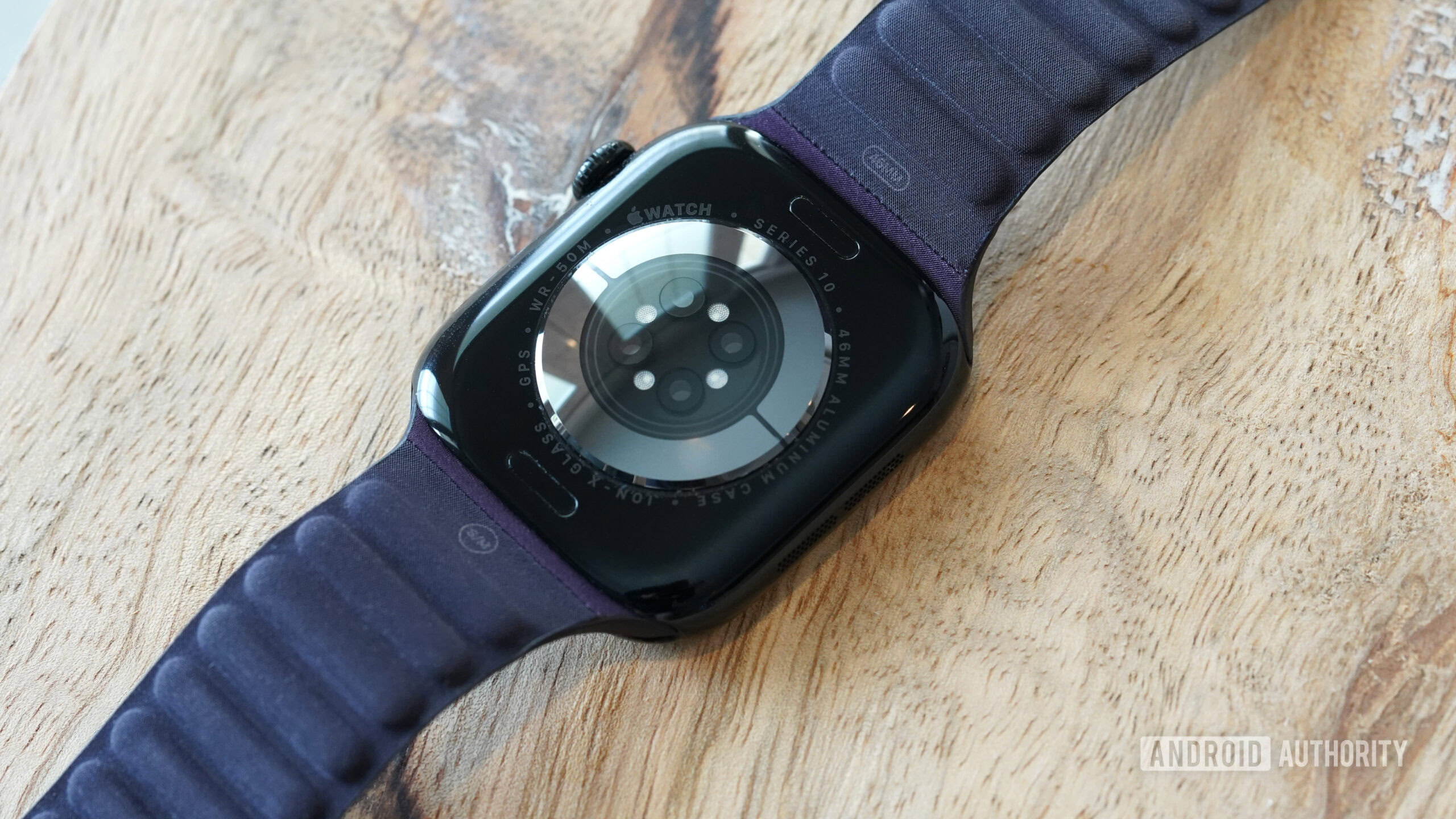
Heart rate is at, well, the heart of health tracking. It’s so important that some devices like the Oura Ring rely almost exclusively on the measurement. Heart rate data indicates everything from fitness to stress levels to overall health. Some devices will also provide high/low or irregular heart rate notifications.
- Resting heart rate: Just as it sounds, resting heart rate is the number of beats per minute your heart experiences when sitting or lying down. For most adults, a healthy range is between 60 and 100 beats per minute. Most wearables also measure users’ overnight resting heart rate which can average closer to 40 to 50 beats per minute.
- Active heart rate: Active heart rate is the same measurement but during exercise. Depending on your age, fitness, and the intensity of your activity, your active heart rate can be much higher than your resting heart rate. Many platforms help users set target heart rate zones to help guide workouts.
- Heart Rate Variability: A measurement of the variation in time between heartbeats, HRV indicates your physical health and can highlight issues like heart conditions or indicate cardiovascular fitness. Factors that affect HRV include stress, sleep, diet, physical fitness, and exercise.
Some devices also offer on-demand ECG readings. This a non-invasive test for measuring your heart’s electrical activity that can be used to detect abnormal rhythms and signs of heart disease and other heart conditions.
Blood Oxygen
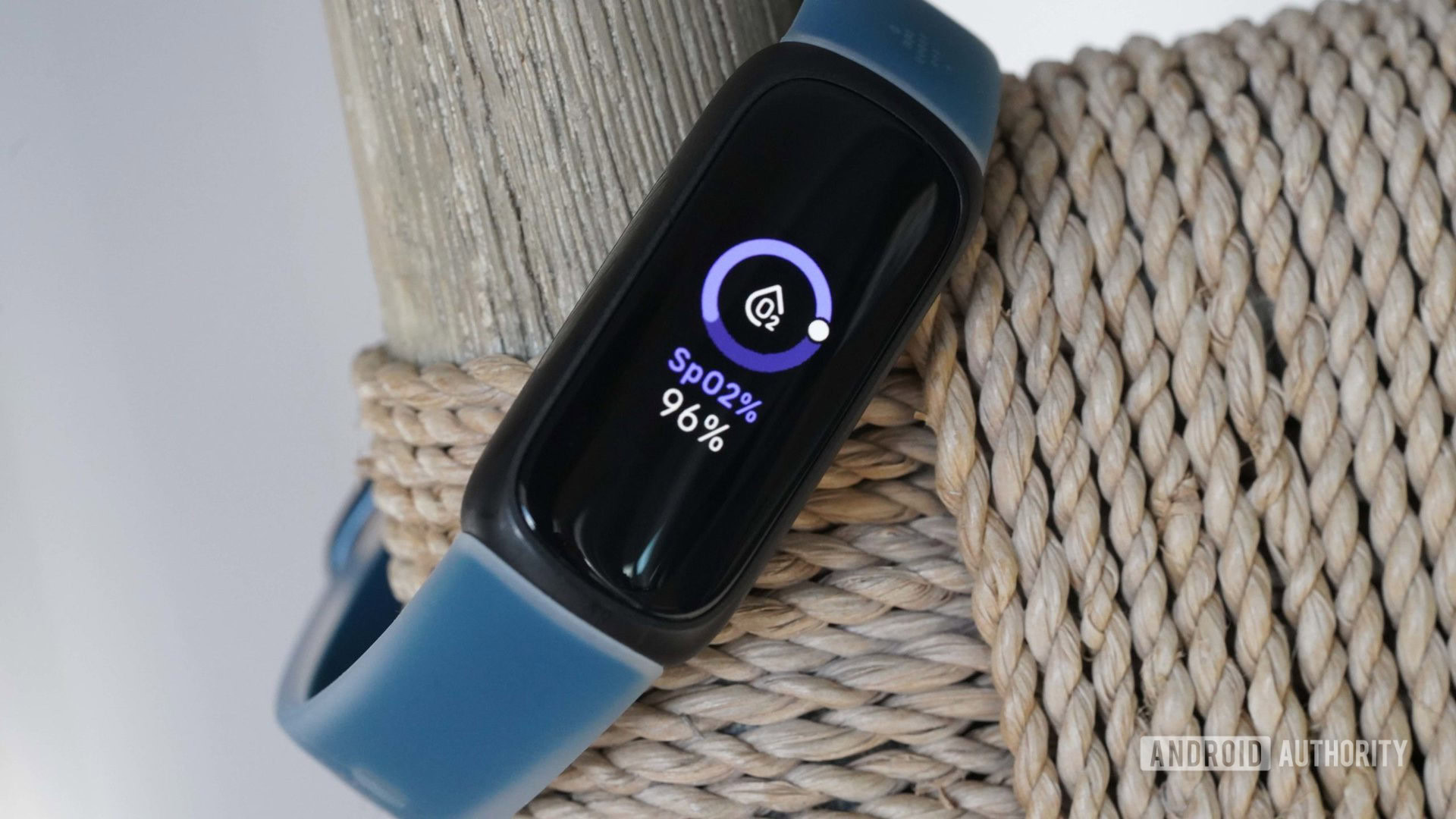
Blood oxygen is the measurement of hemoglobin in your red blood cells, which carry oxygen throughout the body. The average healthy person maintains blood oxygen levels between 95 and 100%. Many popular devices will provide SpO2 averages as well as on-demand readings.
Some devices also provide a VO2 max measurement which represents how much oxygen your body absorbs during exercise (V for volume). VO2 max is a useful indicator of cardiovascular health and aerobic fitness. A high measurement means your heart is effectively supplying blood to your muscles.